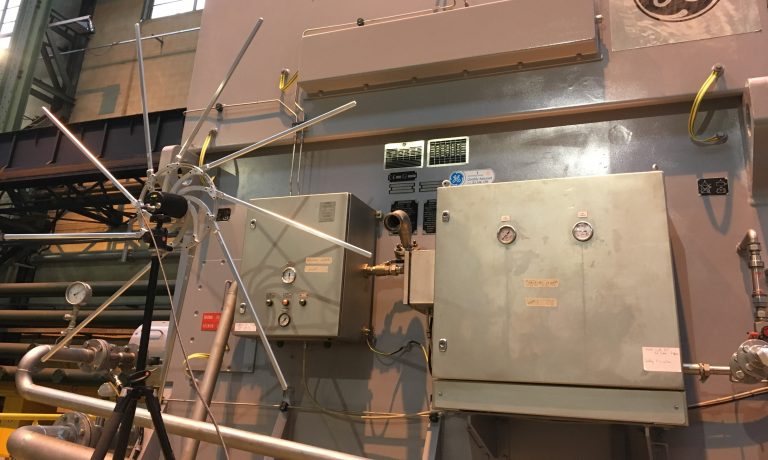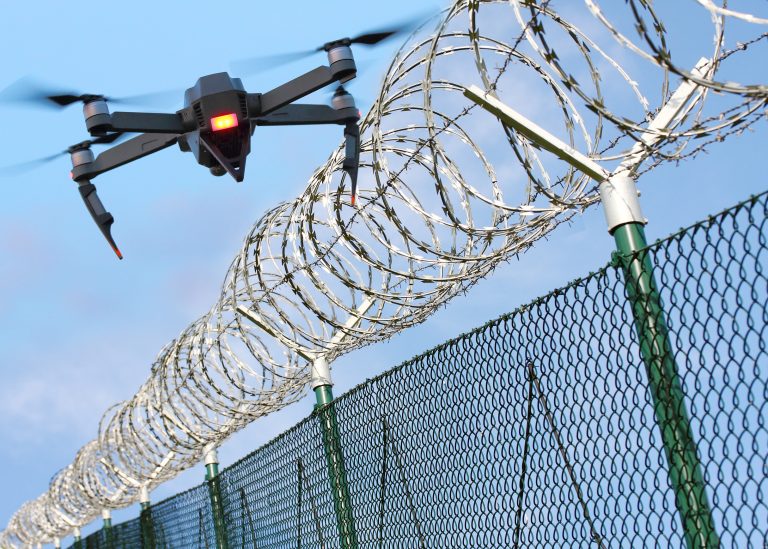The SimCenter SoundCamera acoustic camera and associated software suite are modular enough to cover most applications. The antenna’s modular geometry covers a very wide frequency range (from 100 to 20,000 Hz), thanks to the different configurations available: basic configuration with 45 MEMS for a 30 cm diameter for high-frequency emissions, and configurations with extensions of 81 or 117 MEMS for a size of 60 or 150 cm for lower frequencies. The antenna is connected directly to the PC via Ethernet for complete autonomy and rapid implementation.

Acoustic Camera
Our Commitments
01
Quick to set up
02
Real-time noise mapping
03
Large frequency range
04
Fully autonomous operation
Efficiency and flexibility for rapid analysis of noise sources

Near-field measurements
For near-field measurements at the bench, the camera’s airy spiral shape allows sources to be as close as possible in a crowded environment, limiting diffraction for improved performance. The advantage of being close to sources is twofold: measuring the acoustic field with the widest possible angle of aperture, and capturing evanescent waves. This measurement provides more information for processing and offers more accurate results, both in terms of location and quantification of the acoustic power emitted.
Far-field measurements
Far-field measurements, particularly for transit noise analysis or aeroacoustic measurements in wind tunnels or rotating machines (wind turbines, fans, turbines, etc.), require larger aarrays to maintain good source separation. Digital arrays, with their large extensions, offer a good compromise between size and installation speed (foldable and transportable).
Software products
The software products in the SimCenter TestLab suite interfaced with the SimCenter SoundCamera acoustic camera offer optimized beamforming and plane-wave near-field focusing for rapid display of the first real-time maps. The real-time software is highly intuitive and requires no special training. In post-processing, deconvolution or Bayesian focusing methods are essential for improved dynamics and low-frequency source separation. Sources can be projected onto the object mesh. In an anechoic or low-noise environment, these also quantify source power with the same accuracy as standard sound power measurements.
Acoustic Camera




